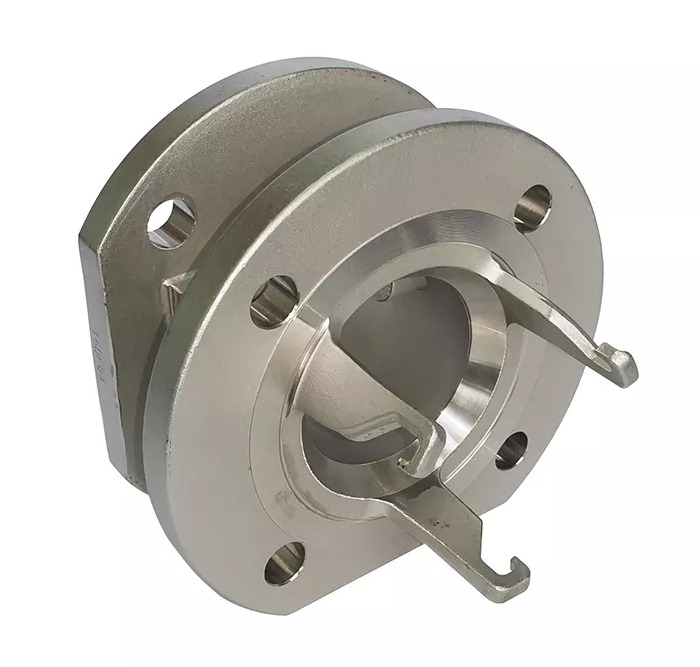
Image source Hengke Metal
In the world of manufacturing, where precision meets artistry, the investment casting process stands as a testament to human ingenuity. Also known as “lost wax casting,” this centuries-old technique marries craftsmanship with technology, producing intricate and detailed metal components that find application in industries ranging from aerospace to jewelry. This article delves into the nuances of the investment casting process, its history, applications, and the fusion of art and science that underpins its success.
A Historical Journey
The roots of investment casting can be traced back thousands of years to ancient civilizations such as Egypt, Mesopotamia, and China. These cultures recognized the value of producing complex metal artifacts that demanded a higher level of precision than traditional casting methods could achieve. The investment casting process was born out of this need for intricacy and accuracy.
The process earned its intriguing name due to the initial step – creating a wax model of the desired object. This model is then “invested” in a ceramic mold, which is heated to melt away the wax, leaving behind a hollow cavity. Molten metal is then poured into this cavity, filling the space and adopting the shape of the original wax model. Once the metal solidifies, the ceramic mold is broken away, revealing the finely detailed cast metal piece.
The Intricacies of Investment Casting
At its core, the investment casting process revolves around precision and attention to detail. The entire process can be broken down into several key stages:
- Pattern Creation: The process begins with the production of a wax or other pattern, which represents the final metal piece.
- Assembly: These patterns are then attached to a wax sprue, forming a cluster that will ultimately be encased in ceramic.
- Ceramic Shell Formation: The cluster is dipped multiple times in a ceramic slurry, with each layer adding strength to the shell.
- De-Waxing: The shell is heated to melt the wax away, leaving an empty mold.
- Casting: Molten metal is poured into the ceramic shell, filling the void left by the melted wax.
- Cooling and Solidification: The metal is allowed to cool and solidify, adopting the shape of the mold.
- Shell Removal: The ceramic shell is shattered and removed, revealing the raw casting.
- Finishing: The cast piece is cleaned, trimmed, and polished to achieve the desired appearance and dimensions.
Applications Across Industries
The investment casting process’s versatility is reflected in its wide-ranging applications across industries:
- Aerospace: Investment casting creates intricate turbine blades, engine components, and structural parts for aircraft and spacecraft, where performance and precision are paramount.
- Automotive: The process contributes to the manufacturing of engine components, transmission parts, and intricate fuel system elements, enhancing efficiency and durability.
- Medical: The precision of investment casting produces implants, surgical tools, and dental appliances that require both functionality and biocompatibility.
- Jewelry: In the realm of aesthetics, investment casting crafts detailed and ornate jewelry pieces that capture the essence of design.
- Art and Sculpture: Artists utilize the investment casting process to transform their creative visions into enduring metal sculptures that stand as testaments to their artistic expression.
Artistry Meets Precision
Beyond its industrial applications, investment casting serves as a canvas for both artistic expression and engineering precision. The process’s intricacies lend themselves to capturing minute details and complex forms that might be unattainable through other manufacturing methods. This has led to collaborations between artists, engineers, and manufacturers, where artistry and engineering intertwine to create remarkable pieces that seamlessly blend form and function.
The Future of Investment Casting
As technology continues to advance, the investment casting process evolves as well. Innovations in materials, 3D modeling, and simulation techniques have further refined the precision and efficiency of the process. Additive manufacturing and digital design have also found their way into investment casting, allowing for even more intricate and customizable designs.
In conclusion, the investment casting process is a timeless fusion of art and science, craftsmanship and technology. From its ancient origins to its modern applications, this method showcases the remarkable ability of humans to transform raw materials into intricately designed metal pieces. As industries evolve and creativity flourishes, the investment casting process will likely continue to stand as a testament to the harmonious marriage of artistry and precision in the world of manufacturing.
